| Behind the Treaty of Portsmouth |
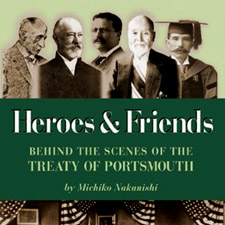
SEACOAST BOOKS
Once considered simply a footnote to history, the Russo-Japanese treaty, signed here in 1905, is building momentum. Scholars and students are taking a fresh look at exactly what happened in New Hampshire at the dawn of the 20th century. This new volume offers another peak behind the curtain at the people who stopped war – with an eye toward how we might do the same again.
See photos and images from the book
Heroes and Friends
By Michiko Nakanishi
The centennial of the Treaty of Portsmouth in 2005 was Portsmouth’s second finest hour. The little New Hampshire seaport celebrated its most famous moment in history with a nonstop series of events – many lectures, six exhibits, a parade, a walking tour and a bus tour, a souvenir map, a poster, a fancy dress ball, a web site, commemorative coin, a play, a lawn party, even an appearance by a reincarnated Theodore Roosevelt.
And it worked. According to the Christian Science Monitor, following the local hoopla, the signing of the treaty that ended the Russo-Japanese War in 1905 is now seen as a "global turning point". Historians who studied the brutal and infamous war, are now paying attention to the negotiations that ended the bloodshed and the peace that followed. The event that, until recently, was hardly known outside Portsmouth and Japan, is now back in the headlines, and moving toward a more serious position in the textbooks.
So it is possible, Portsmouth has discovered, to change history. Among other byproducts of the centennial, we now have a new boo by Michiko Naka. Her study is the perfect complement to "There are No Victors Here", the local study of the treaty by Peter Randall. Peter also published this volume which has been translated from the Japanese, while his own book was recently translated into Japanese. -- JDR

FROM THE PUBLISHER:
This new book focuses on events and people involved in the background of the Portsmouth Peace Conference in August 1905. The interactions of several individuals had a profound impact on both the Russo-Japanese War of 1904-05 as well as the peace conference.
Profiled in the book are Jacob Schiff, a powerful Jewish financier who provided the funding for Japan’s war loans and Korekiyo Takahashi, Japan’s finance minister. These two men worked closely together and, 100 years later, their descendents remain friends. Another important character was Kentaro Kaneko, a Harvard educated lawyer who had many American friends and contacts. The Japanese government sent him the United States to develop relations with Japan and he met regularly with President Roosevelt during the treaty negotiations. The author also discusses the role of the two Russian negotiators, Sergey Witte and Roman Rosen, the latter a long-time Russian diplomat in Japan, then ambassador to the United States. Blunt speaking, towering Witte was disliked by Tsar Nicholas II, but remained the only capable Russian available to represent the country in Portsmouth.
Of course, another hero of the negotiations was President Theodore Roosevelt, whose back channel diplomacy, working with Kaneko and pressuring Tsar Nicholas, helped to make the Treaty of Portsmouth possible. The author, a Japanese scholar and author of several books and many articles, has woven these men together in way to provide a unique look at how they worked individually and with each other to create the peace treaty and impact the first half of the twentieth century.
Heroes and Friends
Behind the Scenes of the Treaty of Portsmouth
By Michiko Nakanishi
Paperback, 134 pages
Peter E.Randall Publisher (2005)
BUY THE BOOK from the publisher
About the Author
Michiko Nakanishi was born in 1928 and grew up in Yokohama. She attended Ferris Girls School in Yokohama that had been founded by American missionaries in 1870. She graduated from Sophia University in Tokyo with MA in Comparative Culture. Her past experiences include translating for Kodansha Encyclopedia of Japan, teaching at Kantogakuin Women’s Jr. College (merged with Kantogakuin University), and Kanagawa University for a number of years. The many other books and articles are written in Japanese. Her interest lies in discovering forgotten history in different parts of the world. Now she divides her time mostly in the United States and Japan.
OUTSIDE LINK: Treaty of Portsmouth web site
Continue with photos from HEROES & FRIENDS
Photos from "Heroes & Friends"
Place your mouse over image to read caption
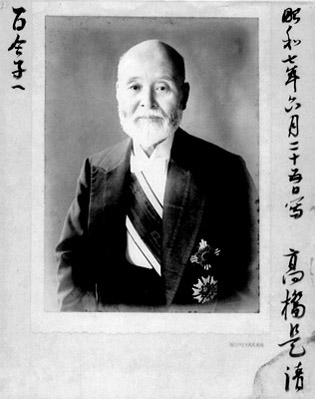
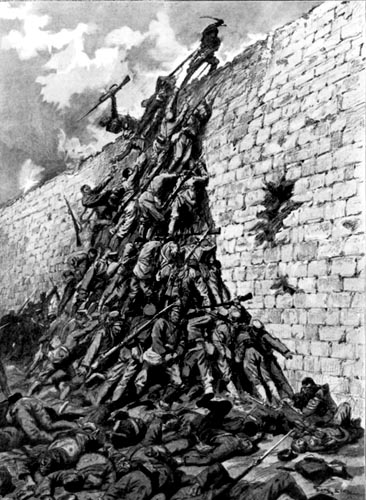
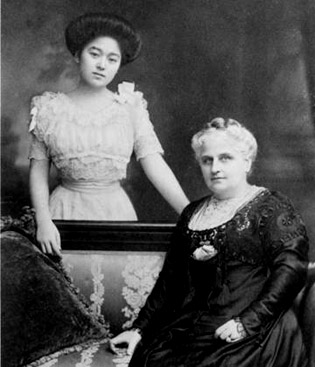
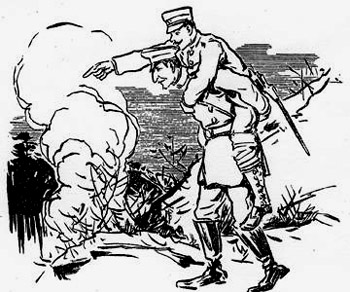
Illustrations courtesy of the author and Peter E. Randall, Publisher
from Heroes and Friends by Michiko Nakanishi.
